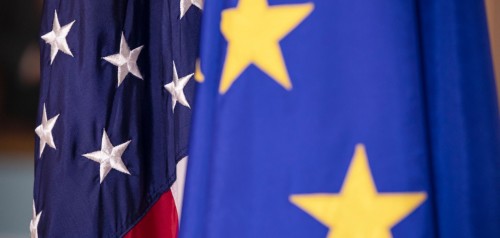Best Source for B2B Industry Trends, News and Updates

Under the framework deal, EU investment commitments in the US total approximately $600 billion, while Europe also engages to significantly increase purchases of American energy and military equipment, with total energy purchases expected to reach $750 billion during Trump’s term. In return, the US agreed to maintain the new 15% tariff rate, which will apply broadly to sectors like autos, semiconductors, and pharmaceuticals, though certain products such as aircraft parts and select chemicals are protected under a “zero‑for‑zero” tariff clause.
European leaders offered mixed reactions. German Chancellor Friedrich Merz welcomed the agreement as a way to avoid a trade war, especially for its export-heavy auto industry. Yet critics, including French Prime Minister François Bayrou, described the deal as a “dark day,” accusing Brussels of giving away too much under pressure. Concerns remain that the 15% rate far exceeds the EU’s hope of a zero-for-zero agreement on industrial goods tariffs.
Financial markets responded positively. European and US stock futures increased following the announcement, and the euro climbed to an average of $1.1753, reaching a one-year high against the yen. Analysts noted that the clarity provided by the deal may help increase investment, while easing some inflation uncertainty ahead of upcoming central bank meetings. (Source:https://www.reuters.com/world/middle-east/dollar-strengthens-after-us-eu-agree-tariff-deal-2025-07-28/ )
Cautious optimism is offered by economists. Some praised the deal as necessary to compromise to end uncertainty and prevent higher tariffs. Others warned of possible longer‑term costs: higher inflation, reduced economic efficiency, and geopolitical risks if protectionist policies persist. The dynamics around future trade frameworks remain unsettled as sectors like steel, aluminum, and pharmaceuticals remain under separate US review.
